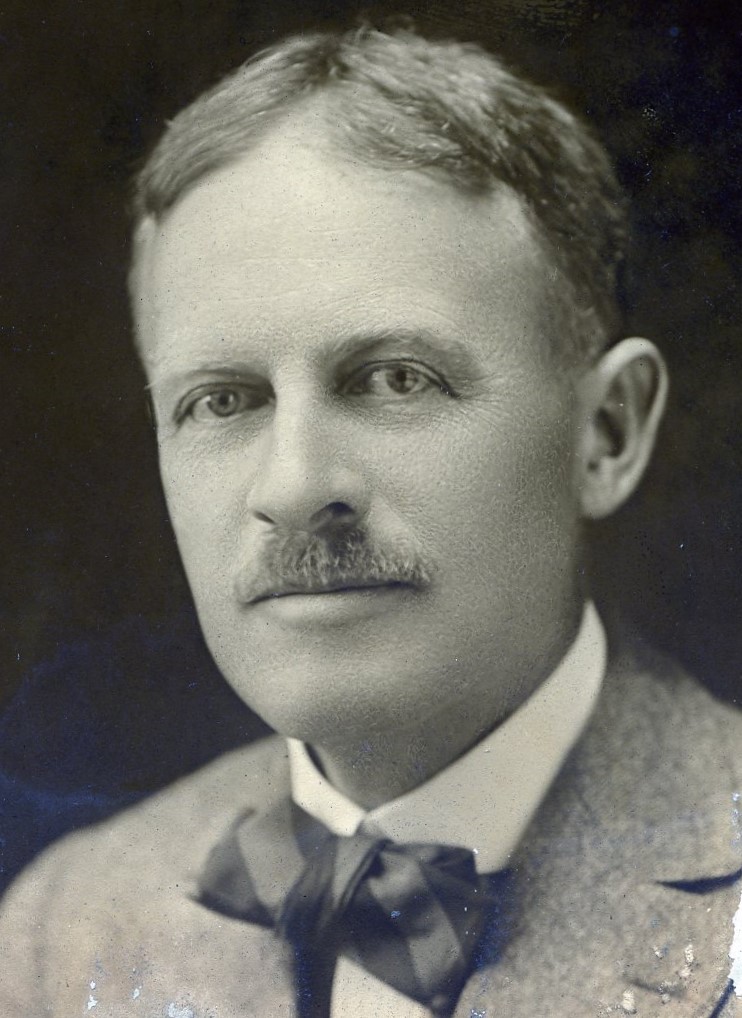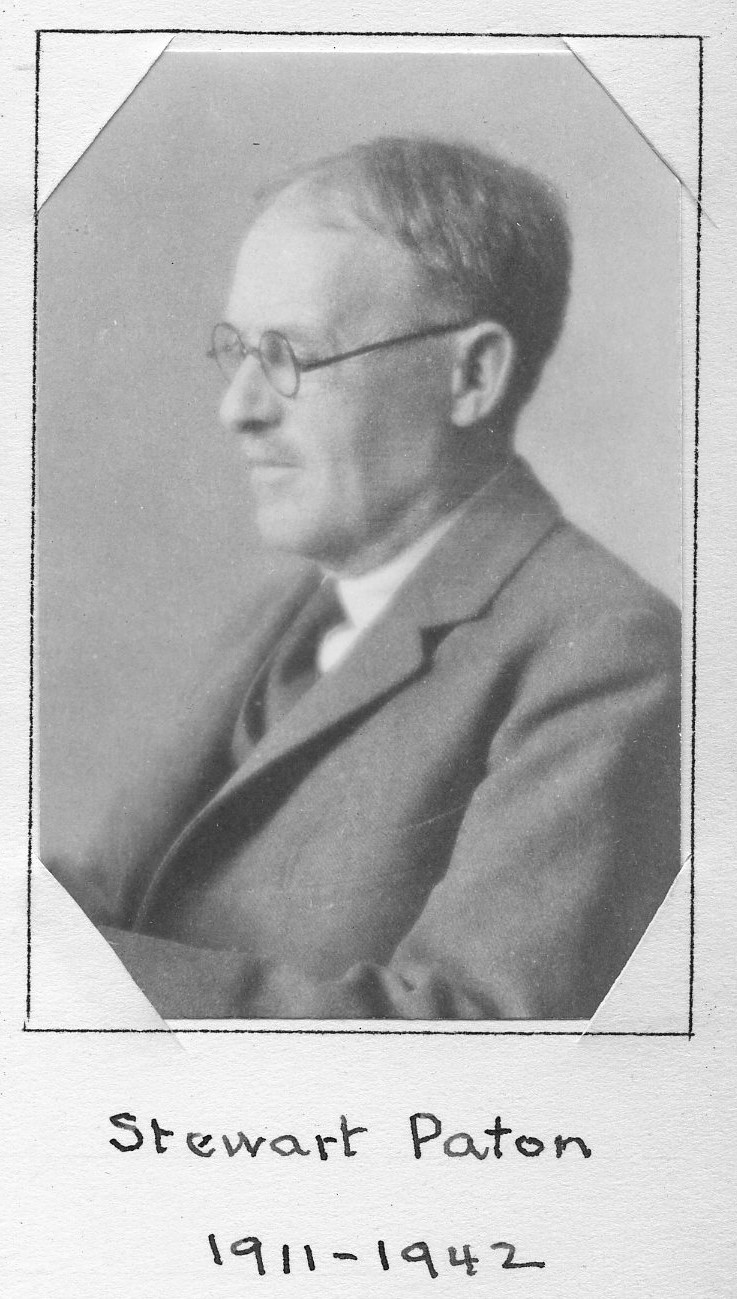Physician
Centurion, 1911–1942
Born 19 April 1865 in New York (Manhattan), New York
Died 7 January 1942 in Saint James, New York
Buried Green-Wood Cemetery , Brooklyn, New York
, Brooklyn, New York
Proposed by Frank W. Jackson and Samuel W. Lambert
Elected 4 March 1911 at age forty-five
Archivist’s Note: Nephew of Cornelius R. Agnew and John T. Agnew; brother of David Paton and William Agnew Paton; brother-in-law of Richard T. H. Halsey; father of Richard Townley Paton
Century Memorial
One who for sixty years had known Stewart Paton—throughout his career a pioneering leader in every forward movement of psychiatry in the United States—said that “the adjective best characterizing him is either charming or lovable. He was really both.” Much younger clubmates agreed with this; they were also prepared to hear from his colleagues that in a world not yet free of personal ambition Dr. Paton pushed his ideas but never himself. In April, 1917, Paton convinced Surgeon General [William C.] Gorgas of the importance of discovering the symptoms of emotional and mental disturbances in soldiers before their entry into active service. Gorgas accepted the plan worked out by Paton with Drs. Pearce Bailey and Thomas W. Salmon. Bailey organized the Neuropsychiatric Service here; Salmon was assigned to the A.E.F. Paton characteristically preferred to serve “in the ranks of the research.” Paton’s chosen domain was the development of the nervous system as the basis for sound behavior and living. For years he preached the doctrine of the need of pyschiatric centers. Dr. [William H.] Welch of Johns Hopkins declared that it was Paton who made him understand the importance of psychiatry. After five years of embryological research at Naples, Paton returned to Princeton—which had conferred upon him a bachelor’s degree in ’86—and was appointed lecturer in hemo-biology in 1910. Here he began his conferences with students, which led to the establishment of psychological clinics in several universities. “At Princeton I have seen a great many cases which astonished even a psychiatrist,” he wrote in 1925. “One student was to have graduated with honors, but was found by accident to have homicidal impulses; another honor student was a kleptomaniac. The important thing is that in both cases tragedies were averted, and both students are now living normal lives.” In the last third of his life he wrote “Psychiatry,” a text-book for students and practitioners; “Education in Peace and War” (1920), in which, according to a literary Centurion, “is enshrined the fundamental formula of Parlor Bolshevism in all its forms—a polished gem of sublimated common sense”; “Human Behavior”; “Signs of Sanity and Principles of Mental Hygiene”; “Prohibiting Minds and the Present Social and Economic Crisis” (1932); and a final book and testament ready for publication.
He said one day to a friend at the Century: “We neurologists, psychiatrists, and psychologists are all supposed to go crazy if we live long enough. I think I am still partly sane.”
There have been kinsmen of Stewart Paton in the Century since 1867, when two of his uncles, John T. Agnew and Dr. Cornelius R. Agnew, were elected. His brothers David [Paton] and William Agnew Paton became members nearly forty-five years ago. He was a brother-in-law of R. T. H. Halsey. He is survived in the Club by his son, Dr. R. Townley Paton.
Geoffrey Parsons
1942 Century Memorials


